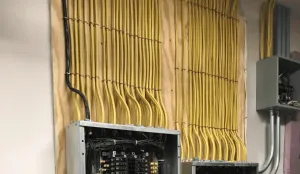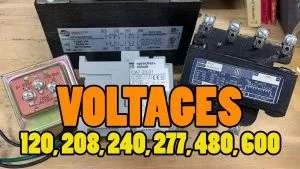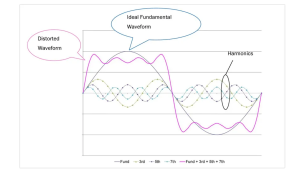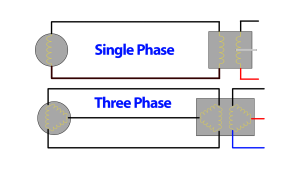Lets jump into the standard methodology of determining the dwelling unit service load, as laid out in Part III of Article 220 in the 2023 NFPA 70. We will also go over how to size the service and service conductors. Undeniably recognized as a more sophisticated calculation, the Standard Method considers individual demand factors for each appliance and type of circuit installed in a dwelling unit. Whereas the Part IV Optional Method uses a more generalized version of this calculation.

Steps of the Standard Method
- The first step in utilizing the Standard Method involves estimating the general lighting and general-use receptacle load. You achieve this by multiplying the unit’s total square footage by a standard rate of no less than 3VA per square foot. (See 220.41).
- After the lighting and general-use receptacles, we calculate more specific receptacle loads. Such as, the individual loads for the two required small appliance branch circuits in 220.52(A). As well as the load for the one required laundry circuit in 220.52(B).
- After gathering the lighting and receptacle loads we add them together and apply our first demand factor from Table 220.45 (image below).
- Next, we determine the appliances and equipment based on their nameplate ratings and apply specific demand factors for each. This includes dryers (220.54), electric cooking equipment (220.55), electric space-heating equipment (220.51), electric vehicle charging (220.57), and any noncoincident loads (220.60) that will not operate at the same time. You can apply demand factors to many of these appliances depending on the number you install. To figure this out, we use that section’s table. (For example Article 220.54 gives the rules for dryers. Table 220.54 gives the actual values to use in the calculation. We base this on the number of dryers we need to install.)
- We’re able to apply a 75% demand factor for any additional fastened-in-place appliances if there are 4 or more of these appliances on the same service or feeder. These must be 1/4HP or greater or 500W or greater to consider in the demand factor. They can also not include any of the appliances from step 3. (See 220.53)
- The final stage in this method entails aggregating the individually calculated loads to arrive at the cumulative service load. (What we call the “Total Demand Load” for the dwelling unit.)
- Once we get the total demand load we divide that number (in VA) by the voltage of the service (Usually 240V for residential dwellings), which yields the total Amperes for the service.
- Now that we have Amperes to work with, we can size our service conductors. We do this using either Table 310.12 or Table 310.16, and if desired, sizing a reduced neutral conductor per 220.61. Per 310.12, if a dwelling has a single-phase 100-400 service, the conductors feeding that service are allowed to be only 83% of the size of the service rating (rating of the service equipment – not the calculated load of the service). If no adjustment or correction factors are required, Table 310.12(A) shall be permitted to be applied rather than using Table 310.16. However, for some, it is preferable to just use Table 310.16 to size these conductors manually. (Note that Table 310.12(A) and Table 310.16 may result in different conductor sizes as a result.)
A Practical Example
To better illustrate this method, let’s consider a dwelling unit encompassing 1,500 square feet with specified circuits and appliances. We’ll also assume this is to be a single-phase 240V service.
Step 1. General Lighting and Receptacles
Using the Part III Standard Method, the initial general lighting and general-use receptacle load amounts to 4,500 VA, derived from the product of 1,500 square feet and 3 VA per square foot.
Step 2. Required Small-Appliance and Laundry Branch Circuits
Next we add the required small appliance and laundry branch circuits from 220.52:
- 2 Small appliance branch circuits from 220.52(A) at 1,500 VA each, add up to 3,000 VA
- 1 Laundry circuit from from 220.52(B) equals 1,500 VA
Step 3. Lighting Demand Load
Now that we have the values above we need to add them all together. Add the general lighting, small appliance, and laundry loads from steps 1 and 2 together to get the total lighting demand load:
- 4,500 VA + 3,000 VA + 1,500 VA = 9,000 VA
- Using Table 220.45 we apply the first 3,000 VA to our 9,000VA at 100% but the remaining 6,000 VA we only need to figure in 35% of (see below).
- So 3,000 VA + (6,000 VA x 0.35) = 5,100 VA
- Our total lighting demand load we must use for calculating this service is 5,100 VA rather than 9,000 VA because most of the receptacles and lighting will not be on constantly. People may use some receptacles to vacuum the floor and then not use them again. So we use the demand factor to allow a reduction to more realistic values.
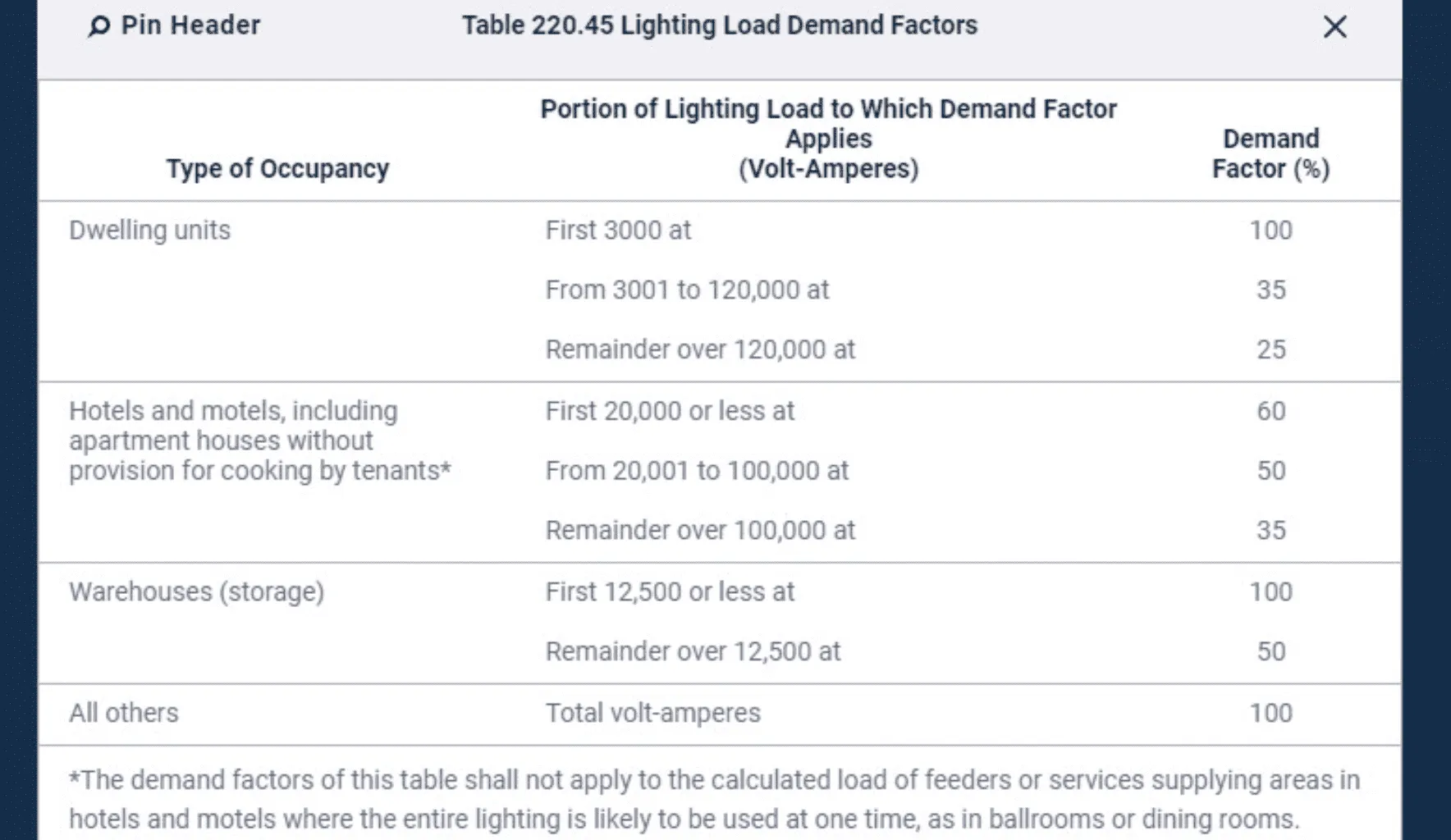
Source: link.nfpa.org
Step 4. Appliances and their Demand Factors
Next, go through the list of appliances. Most of which have their own sections and tables in the NEC, and apply any demand factors that code allows:
- Range: 12,000 VA (using column C from Table 220.55 we’re allowed to adjust this down to 8,000 VA for a single range not over 12,000 VA)
- Electric space heating: Per 220.51 fixed electric space-heating must be calculated at 100% of its rating – meaning no demand factors can be applied. Therefore we have a 6,000W unit so we calculate 6,000 VA for it.
- Air conditioner: 5,000 VA (can negate this entirely, as it is a non-coincident load with the electric heater above – per 220.60 – since there is very little likelihood a user will be running both their heat and their cooling at the same time.
- Clothes dryer: adds another 5,000 VA (must use 100% of this per 220.54, since there is only 1 dryer in this dwelling)
- Adding these large appliances together we get a portion of our appliance load: 8,000 VA + 6,000 VA + 5,000 VA = 19,000 VA
Step 5. Fastened-in-Place Appliances
Moving forward, we have 5 additional fastened-in-place appliances to figure into our total calculation. This means we can apply a demand factor of 75% to the sum of these loads (per 220.53):
- Water heater: 4,000 VA
- Dishwasher: 1,200 VA
- Water softener: 750 VA
- Garbage disposal: 950 VA
- Warming Drawer: 1500 VA
- These 5 fastened-in-place appliances are allowed to have a 75% demand factor applied to them. First we need to add them all up, then apply the demand factor:
- 4,000 VA + 1,200 VA + 750 VA + 950 VA+ 1,500 VA = 8,400 VA
- Applying the demand factor we get: 8,400 VA x 0.75 = 6,300 VA
- Now we can add the large appliances above (19,000 VA) with these fastened-in-place appliances (6,300 VA) to get our total appliance demand load:
- 6,300 VA + 19,000 VA = 25,300 VA
Step 6. Putting It All Together
That’s it for the individual loads. Now we need to take the numbers we’ve put together and come up with a total. To do this, add together the total lighting demand load (5,100 VA), and the total appliance demand load (25,300 VA) to get our Total Calculated Load which we will use to size our service.
- 5,100 VA lighting, receptacles, and small appliance + 25,300 VA appliances= 30,400 VA
- Now take this Total Calculated Load and divide that by 240 V to figure out the current this service needs to be sized for:
- 30,400 / 240 = 126.7 Amperes
Step 7. Sizing the Service Conductors
230.42(A)(2) states that “The minimum service-entrance conductor size shall have an ampacity not less than the maximum load to be served after the application of any adjustment or correction factors.” So the service must be a minimum of 126.7 Amperes in size, however no service of this size exists. There are 125A and 150A services, however.
We cannot round down to a 125 Amp service because that is smaller than our maximum load; this would violate 230.42(A)(2). So we must go up to a 150A service and feed the service with conductors based on that new service rating. We could, of course, run 150A conductors to match the new 150A service rating. But that’s more expensive and unnecessary since our total connected load is only 126.7A. This is where the rules for 310.12(A) come into play.
The magic of Table 310.12(A)
230.42.(A)(2) states: “For a service rated 100 amperes through 400 amperes, the service conductors supplying the entire load associated with a one-family dwelling … shall be permitted to have an ampacity not less than 83 percent of the service rating. If no adjustment or correction factors are required, Table 310.12(A) shall be permitted to be applied.”
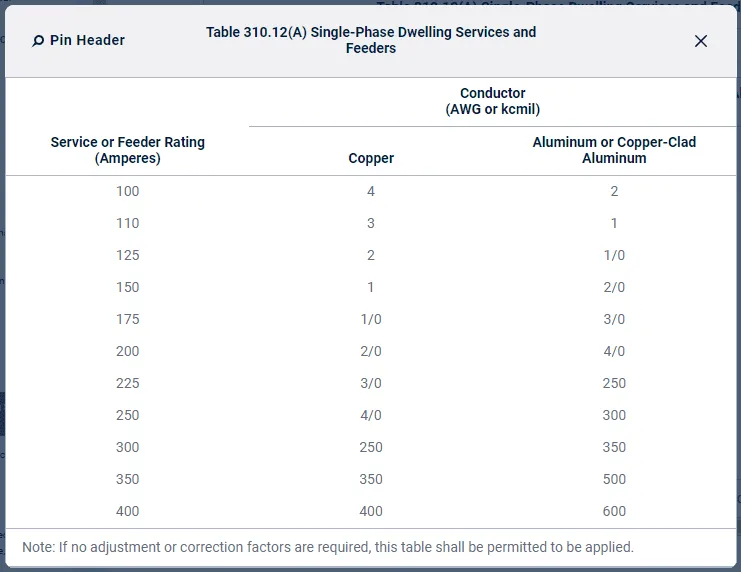
Source: link.nfpa.org
Table 310.12(A) (above) shows that a 150 Ampere service can be fed with 1AWG Copper. However, when we look at Table 310.16 we see 1AWG copper (at 75°C) is listed as a 130A conductor, not the 150A shown next to 1AWG in Table 310.12(A). In fact, Table 310.16 shows 1/0 Copper would be required, as it is rated at 150A (at 75°C). This misalignment of values is because of the 83% rule Table 310.12(A) is using:
150A x 0.83 = 124.5A
83% of a 150A conductor would really be a 124.5A conductor. So, since our 126.7A is slightly higher than that we’re within the 83% allowance. Table 310.12(A) is, essentially, saying “We know a 150A service should have 1/0 Copper feeding it according to Table 310.16. However, because this service is between 100A and 400A residential, we’ll allow you to use 1AWG because it’s within the 83% range we’ve calculated, which is ok for a small dwelling service.” So rather than installing all 1/0 Copper conductors, we can install 1AWG Copper conductors and save a bit of money.
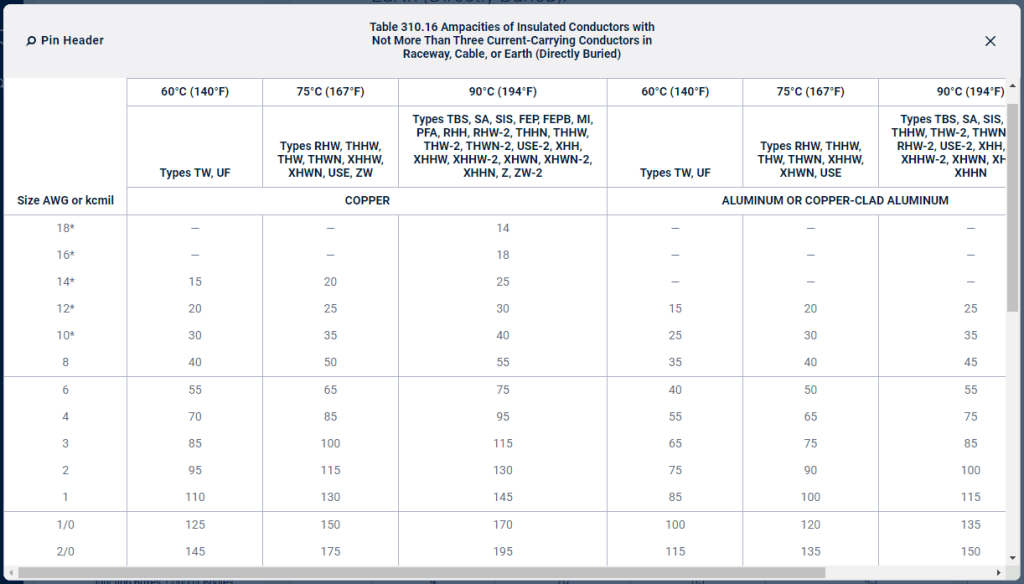
Source: link.nfpa.org
Again, it is absolutely fine to use Table 310.16 for your service entrance conductors. For most services beyond 100-400A dwellings you’ll actually have to. But if you can save money and use smaller conductors because code is telling you it is alright to do so, why wouldn’t you? From 1/0 Copper THHW to 1AWG Copper THHW you’re talking roughly an extra dollar or two saved per foot – and that’s per conductor. If you have a 50 ft underground service lateral, running the 1/0 could cost you an extra $150-300 for the same result!
Conclusion
Utilizing the Part III Standard Method for your dwelling unit service load calculations, as outlined in the 2023 National Electrical Code, ensures a precise and reliable result due to its intricate focus on individual demand factors for each appliance and piece of equipment. In fact, several jurisdictions mandate this method, highlighting its role in safe electrical installations. We will cover the Part IV Optional Method in another article. But the Standard Method is something every electrician should be familiar with before moving on to the Optional.
All references to the National Electrical Code, NEC, or NFPA are copyrights of the NFPA, these citations are owned by the National Fire Protection Agency and are only here for educational reference.


